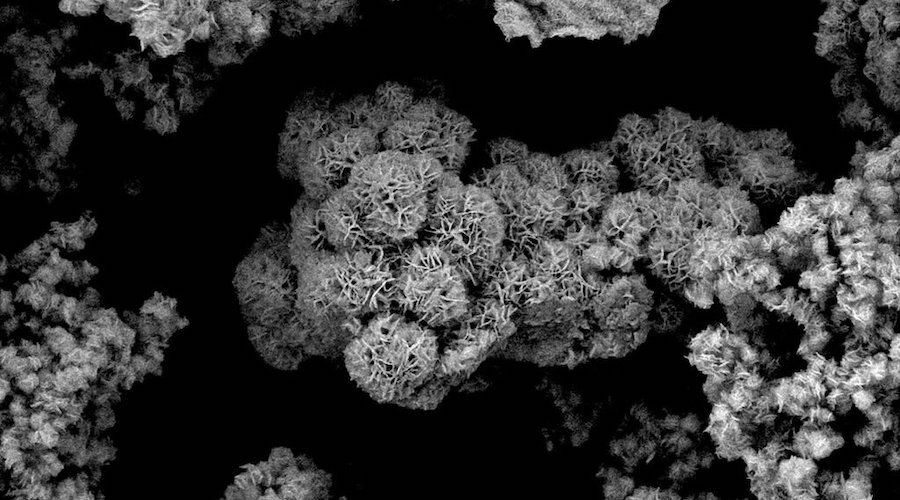“To convert carbon dioxide, catalysts based on copper have often been used so far,” Karin Föttinger, one of the scientists involved in the project, said in a media statement. “However, they have the disadvantage that they are not robust. If there are certain other substances in the exhaust gas stream besides carbon dioxide, for example, sulphur, the catalyst quickly loses its activity. It is said that the catalyst is poisoned.”
Given this situation, Föttinger and her team set out to find a better material.
“If you want to use such methods not only in the laboratory but also on a large scale in industry, then you need a catalyst that is perhaps a little less active, but robust, durable and reliable,” Föttinger said. “You want to be able to process quite ordinary industrial waste gases without pre-treatment.”
The group was able to show that catalysts based on sulphur and molybdenum fulfill these requirements. Special additional elements, such as manganese, ensure that carbon dioxide, which is actually very unreactive, is activated and converted.
By choosing such additional elements, the properties of the catalysts can be precisely adapted to the desired area of application. In this way, methanol can now be produced from waste gas containing CO2.
“Methanol is an attractive product. It is liquid at room temperature, so it can be stored without any problems. It is needed in the industry; up to now it has normally been produced from fossil raw materials,” Föttinger said. “But it is also possible to use our catalysts to produce other molecules, such as higher alcohols. We are currently still working on figuring out exactly how best to choose parameters like pressure and temperature to produce different products.”
In the researcher’s view, the novel catalyst is likely to make an important contribution to making industry climate-neutral and closing material cycles.




